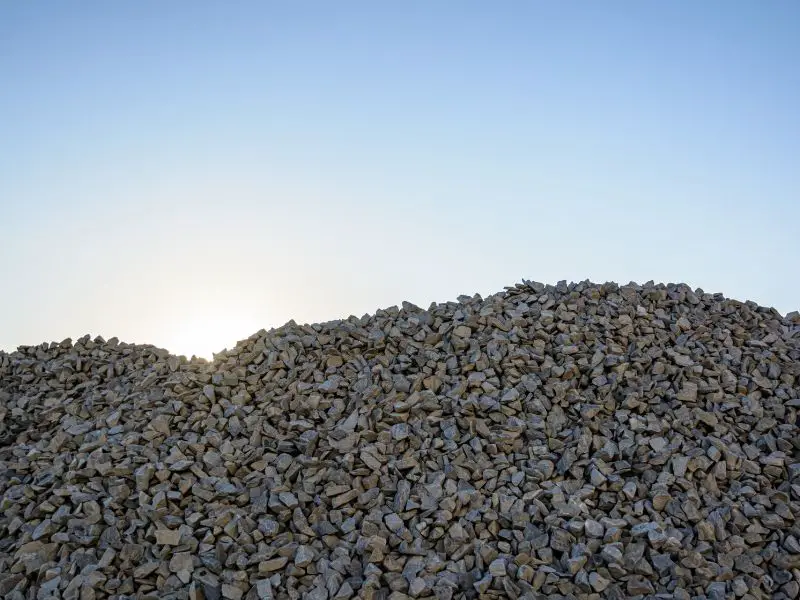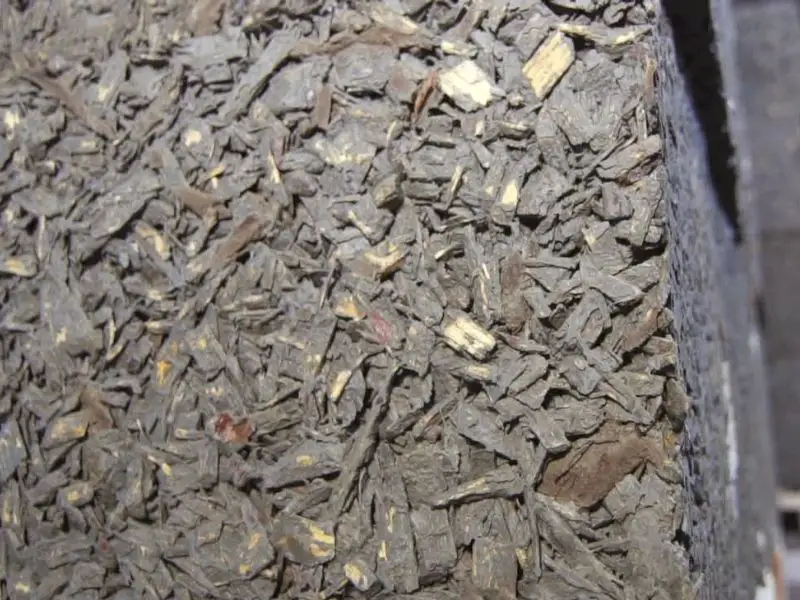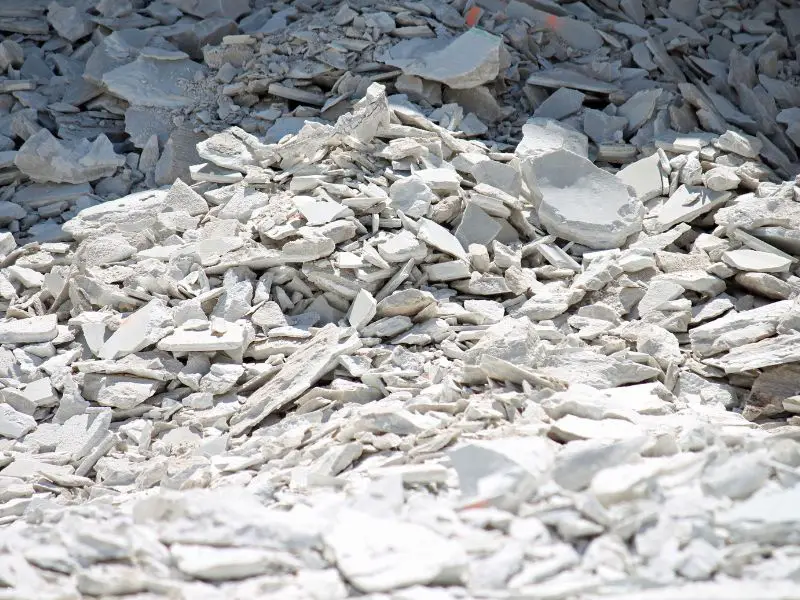As the world becomes more focused on sustainable practices, the construction industry is also seeking ways to reduce its environmental impact. Concrete, a commonly used material in construction, may not immediately come to mind when thinking about sustainability. However, there are innovative ways to incorporate sustainability into concrete production and construction practices.
Concrete is the most widely used building material globally, but its production is known to have a significant carbon footprint. As the demand for construction grows, finding ways to make concrete more sustainable is crucial for reducing the industry’s environmental impact.
“In the world of construction, concrete is the canvas, and sustainability is the masterpiece.”
– Unknown
In this article, we will explore the sustainability of concrete and discuss various techniques and strategies that can be implemented to make concrete production and construction more eco-friendly. By understanding the importance of sustainable concrete and incorporating it into ecological construction practices, we can contribute to a greener and more sustainable future.
Sustainability of Concrete in Construction
Few reasons why concrete can be a sustainable material:
Long Life: Concrete structures last a long time. For example, pavement usually last between 30 to 50 years when properly maintained.
“Concrete is the backbone of our cities, and sustainable practices are the heart of their longevity.”
– Unknown
Safety and Reliability: Concrete does not rust, decay, or catch fire. Concrete is less prone to damage from heavy vehicles, is more visible at night, provides shorter stopping distances for vehicles in inclement weather, and needs less maintenance during the pavement’s lifetime.
Resilience: Concrete is both natural and artificial catastrophe-resistant. Due to its endurance, concrete constructions will not need new carbon emissions to create additional materials necessary for maintenance.
Fewer Traffic Disruptions: Concrete pavement does not need the closure of lanes for extended periods; hence, highways may reopen in as little as six hours. This results in a reduction in emissions from time spent sitting in traffic.
The Environmental Issues of Concrete
Cement is environmentally damaging, however. Cement manufacturing is the third-largest CO2 generator after transportation and electricity. Chatham House says it contributes 8% of global CO2 emissions. If cement were a nation, it would be the third-largest emitter behind China and the US. The cement sector’s yearly emissions must decline by 16% to meet the Paris Climate Accords.
“The greenest building is the one that’s already built, and sustainable concrete helps us make it last.”
– Unknown
Cement manufacturing has many environmental negative impacts. It requires over a tenth of the world’s industrial water, frequently in water-stressed regions, and its manufacturing causes air pollution by producing dust, increasing respiratory diseases in the surrounding population.
What Is Being Done
When creating more sustainable choices, there are several things to consider. Any substitute used must be created with minimum waste and without using a lot of energy from resources. It must also be strong and guarantee energy-efficient construction.
Low Carbon Alternatives
With the present climatic situation and the phenomenon of global warming in mind, there is an urgent need for construction and other sectors to undergo a green revolution. That is, companies must embrace and develop environmentally friendly materials. Fortunately, the construction industry has discovered several sustainable and ecologically friendly alternatives to concrete.
1. Green Concrete
Green concrete is a kind of eco-friendly concrete made from waste or leftover materials from various industries and uses less energy to produce. It emits less carbon dioxide than typical concrete and is cheaper and more durable.
The goal of adopting green concrete is to reduce the strain on natural resources while increasing reliance on recyclable components. Reusing wash water to minimize water use is one of the many ways being used to promote the sustainability of concrete via eco-friendly concrete.
2. Ashcrete
Fly Ash, a byproduct of coal combustion that was often thrown in the trash, is now utilized to make green concrete.
AshCrete is a recycled fly ash-based alternative to conventional concrete. Fly ash consists of Lime and water making it solid and lasting, comparable to regular cement, increasing the sustainability of concrete.
3. Blast Furnace Slag
Like fly ash, blast furnace slag is a waste product that can be recycled and utilized to produce an environmentally friendly alternative, increasing the sustainability of concrete. This glassy, grainy material is made by pouring water or steam on molten iron slag from the blast furnace.
This material can replace between 70% and 80% of the cement, making the concrete last longer. Another benefit of blast furnace slag is that it gives off less heat than other methods.

4. Micro Silica
Micro silica is an excellent powder called “Silica Fumes.” It is made from the condensation of silicon dioxide, a byproduct of making ferrosilicon alloy and silicon. It can replace between 7 and 12 percent of the cement in concrete.Microsilica makes concrete last longer by making it less porous and more robust when pressed.
5. Aggregate Replacement
In addition to discovering alternatives for cement, one of the most successful strategies utilized to limit the greenhouse gas emissions generated by typical concrete is to replace aggregate materials with resources that can be recycled and reused.
Examples of these aggregate materials include paper, fiber, waste plastic, concrete cement, and post-consumer glass.

6. Papercrete or Fibrous Concrete
Papercrete is produced by recycling and reusing paper waste as an aggregate in concrete production. Although it does not entirely replace cement in the mixture, even minute amounts of papercrete are sufficient to mitigate some of the negative impacts of concrete manufacturing.

7. Concrete Debris
Using concrete debris is an intelligent way to use waste concrete and reduce the resources used to make concrete. This saves valuable landfill space, and reusing trash minimizes the need for new materials.

8. Post-Consumer Glass
Glass is a good substitute for aggregate because it is a versatile, inert material. When used as an agregate, post consumer glass makes concrete last longer because of its never changing chemical properties.
Related: What is Glass: Sustainability, Recycling, Pros and Cons
9. Plastic Waste
Plastic is a material that doesn’t break down, so using it is a good idea. Plastic waste is easy to recycle and can easily replace up to 20% of traditional aggregate material. Even though concrete made from plastic waste is only as strong as it needs to be, it is an eco-friendly alternative to regular concrete.
Frequently Asked Questions (FAQs)
Bottomline
As technology develops, there will be infinite possibilities for sustainable construction that will ease the strain our planet is under and lessen technology’s impact on our environment. It may be a while before traditional concrete is cast aside, we all should be proactive in discovering and supporting sustainable alternatives.
Here are more sustainability tips and guides:

